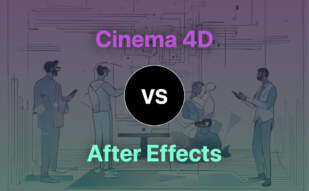Photoshop excels in raster image editing, ideal for photographers and graphic designers, excelling in print projects and digital art. Illustrator, a vector graphics champ, shines for designers drafting logos, custom fonts, mobile graphics, and product packages. It’s suitable for advanced users with a higher leaning curve.
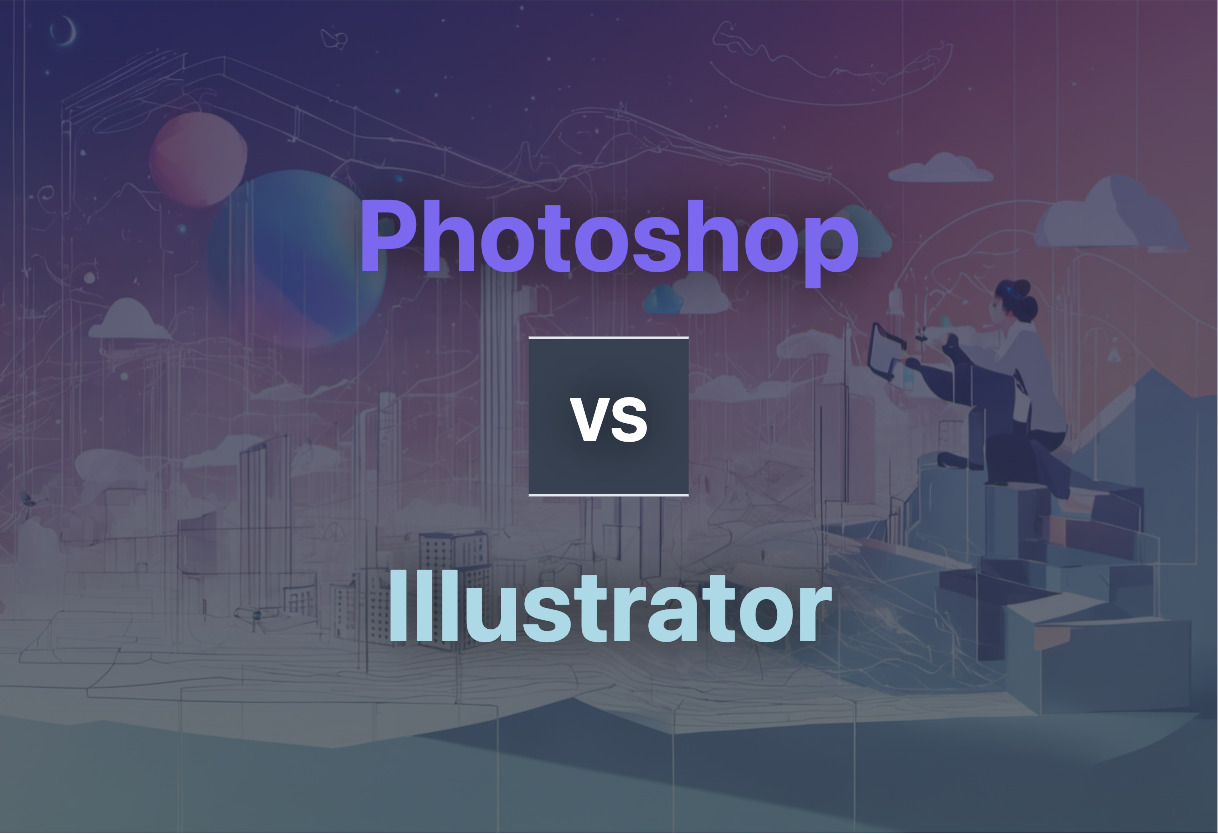
Key Differences Between Photoshop and Illustrator
- Image Type: Photoshop handles raster images; Illustrator excels in vector graphics.
- Usage: Photoshop is key for photo editing and manipulation; Illustrator is optimal for designing logos, typography, and vector artwork.
- User-Friendliness: Photoshop’s workflow is intuitive, while Illustrator has a higher learning curve, suited for advanced users.
- Pricing: Illustrator costs $19.99/month for individuals and $29.99/month for businesses. Photoshop is part of Adobe Creative Cloud.
- File Compatibility: Photoshop supports file types including JPEG, PNG, GIF, TIFF; Illustrator is compatible with SVG, PNG, OpenDocument, PDF, PSD.
| Comparison | Photoshop | Illustrator |
|---|---|---|
| Primary Use | Image creation, graphic design, photo editing | Vector graphics, animation, mobile graphics, product packaging, letterforms, fonts |
| Known For | Primary tool for raster graphics editing | Industry standard for graphic design |
| Key Features | Layers, Adjustment Layers, variety of brushes, support for masks, alpha compositing, several color models | Collaboration on files, precision with Apple Pencil, solid foundation, vectorize for raster image conversion |
| File Formats Supported | JPEG, PNG, GIF, TIFF | SVG, PNG, OpenDocument, PDF, PSD |
| Price | Part of Adobe Creative Cloud | $19.99/month for individuals, $29.99/month for business |
| Current Version | Photoshop 2022 (version 23.3.1) | Regularly updated |
| Integration | Part of Adobe Creative Cloud, alongside tools like Illustrator, Lightroom, Dreamweaver | Seamless movement across Illustrator, Photoshop, Fresco; Adobe Creative Cloud integration |
| User Base | Professionals such as Graphic Designers, Web Developers, Photographers, and Illustrators | Professional and semi-professional illustrators, web designers |
What Is Adobe Photoshop and Who’s It For?
Adobe Photoshop is a feature-loaded image creation, graphic design, and photo editing software initially developed by Thomas and John Knoll in 1988. Now part of Adobe’s Creative Cloud suite, Photoshop is an essential tool for professional digital artists, the go-to platform for raster graphics editing. Its layer-based editing system, variety of tools, compatibility with multiple color models and ability to render text, vector graphics, and 3D graphics render it versatile for a wide spectrum of creative projects.
The software caters predominantly to professionals such as graphic designers, web developers, photographers, and illustrators. Suitable for creating graphics for print projects, website designs, logos, and digital art, it adapts to a range of creative needs and supports several file types, including JPEG, PNG, GIF, and TIFF.
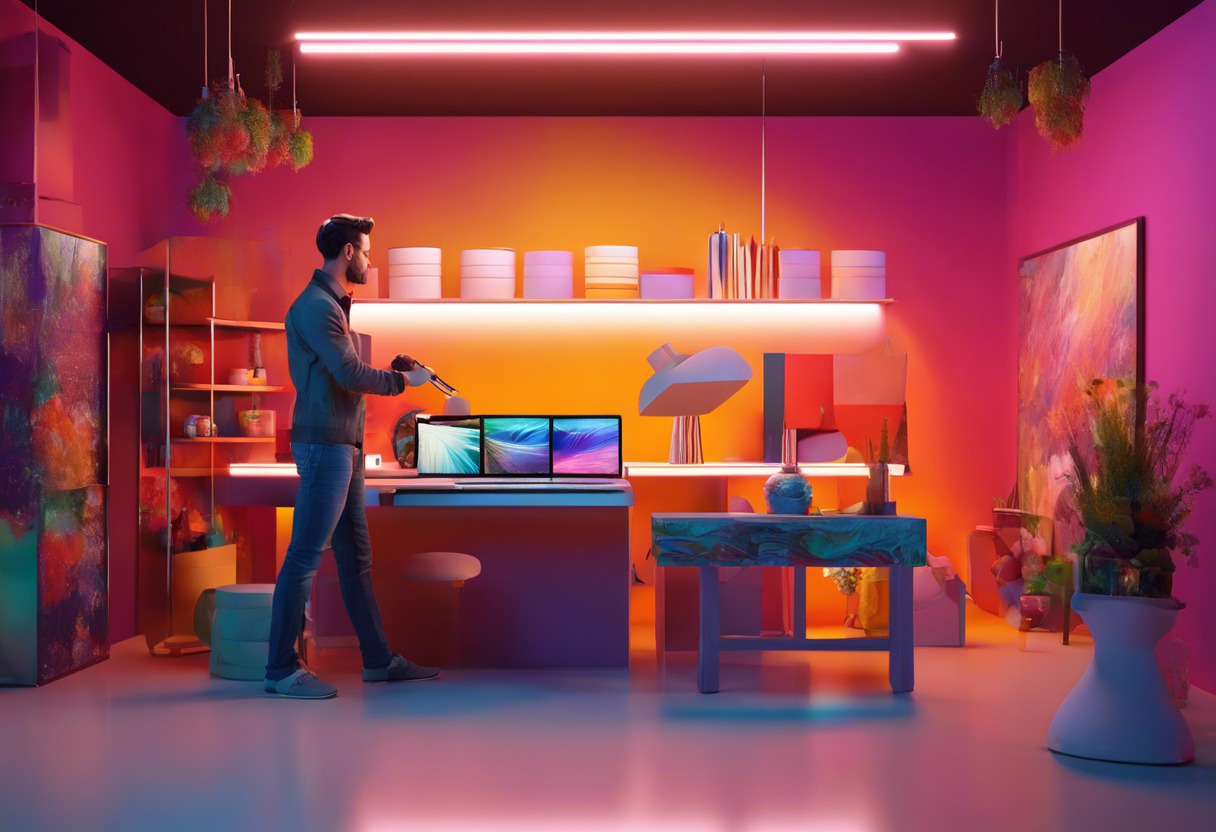
Pros of Adobe Photoshop
- Comprehensive and professional-grade image editing capabilities
- Regular updates and enhancements
- Part of Adobe’s Creative Cloud suite
- Multiple overlay support for image creation
- Supports a wide range of file types
Cons of Adobe Photoshop
- May be complex for beginners
- High system requirements
- Subscription-based pricing model might not suit all users.
What Is Adobe Illustrator and Who’s It For?
Adobe Illustrator is a robust vector graphics and animation software that empowers graphic designers to create intricate mobile graphics, product packagings, letterforms, fonts, and more. With its capability to track versions and provide sophisticated editing processes, Adobe Illustrator leads as an industry standard tool for graphic design. The software is especially favored for complex projects that require precision and attention to detail, such as creating custom banners, inserting special effects, and editing clipping masks.
Ideal for professional and semi-professional illustrators as well as web designers, Adobe Illustrator offers a nuanced suite of features such as free-form gradients, a vast font library, brilliant colors, and seamless Adobe Creative Cloud integration. It syncs to the cloud, keeping your work accessible across devices – desktop or iPad.
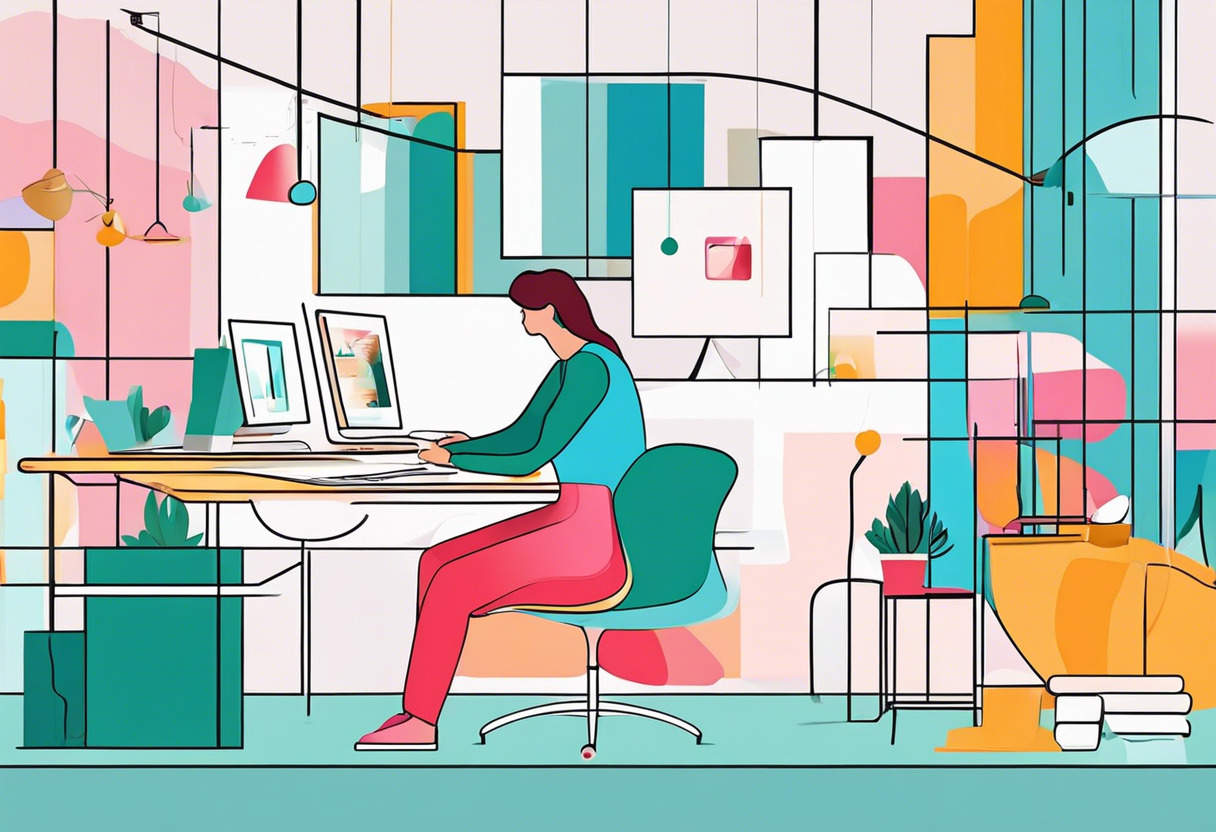
Pros of Adobe Illustrator
- Allows sophisticated vector graphic design
- Comprehensive type toolkit
- Seamless integration with Adobe Creative Cloud
- Built-in cloud synchronization
Cons of Adobe Illustrator
- Hefty resource consumption
- High learning curve, especially for beginners
- Monthly subscription pricing model might not fit all budgets
The Verdict: Fighting Pixels with Vectors
Photoshop vs Illustrator – a ceaseless digital duel, with your project’s success hingeing on the victor’s prowess. But which gladiator should you back?
Graphic Designers & Web Developers
With its vector capabilities, Illustrator steals the limelight. Create scalable graphics for logos, infographics, and website designs with unmatched precision. A steeper learning curve? Perhaps, but sophistication demands effort.
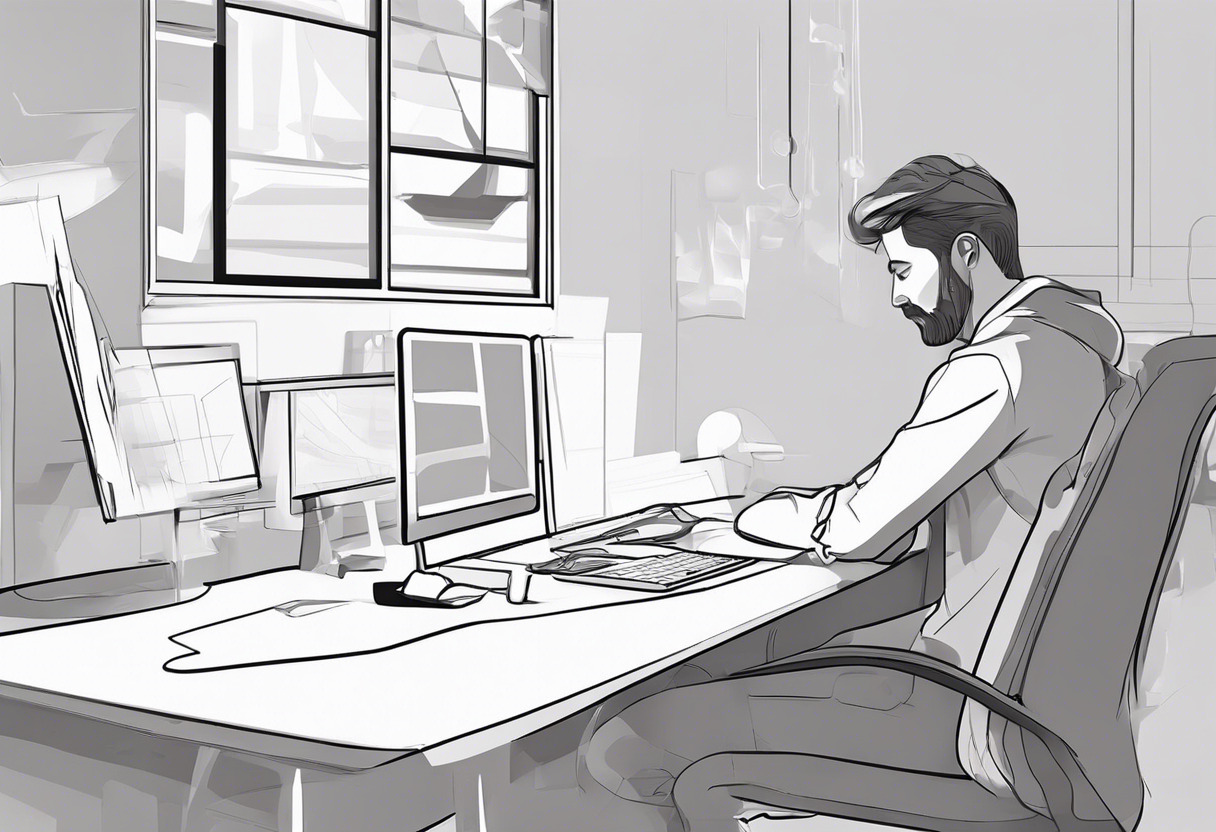
Photographers & Digital Artists
For image edit wizards, it’s Photoshop game-set-match. Revamp photos, create arresting digital art, utilize brushes or opt for color adjustments. Essential: Photoshop’s layer-based editing brings out the magician in you. Raster graphics have never looked this good.

Animators & AR/VR Creators
Immersed in the world of AR/VR? Photoshop’s 3D graphics editing feature does wonders – model, texture, animate, and render 3D content in one package. Plus, its video editing capabilities form a reliable pitch. Opt for Photoshop.
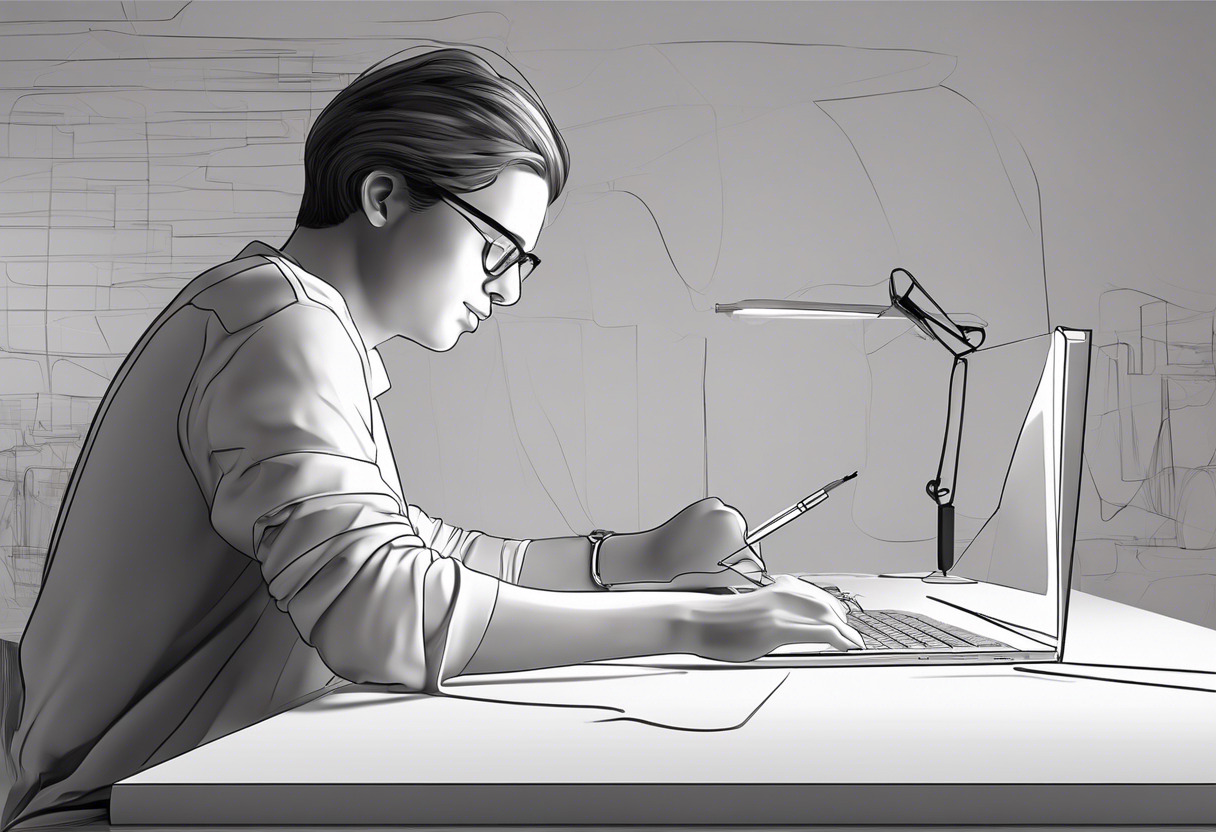
In the Photoshop vs Illustrator debate, pick based on project needs. Photoshop, ideal for photo manipulation and 3D graphics, fares brilliantly in AR/VR realms. Illustrator shines in vector graphics, easing scalable design creation. Passing the complexity hurdle rewards you with project-enhancing finesse.
Hannah Stewart
Content writer @ Aircada, tech enthusiast, metaverse explorer, and coffee addict. Weaving stories in digital realms.




